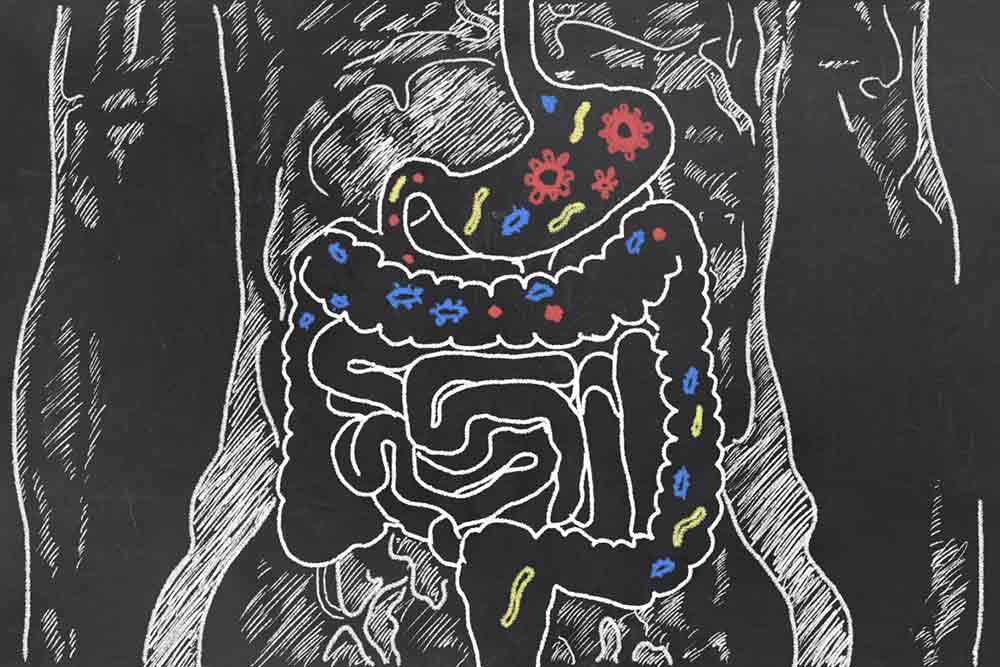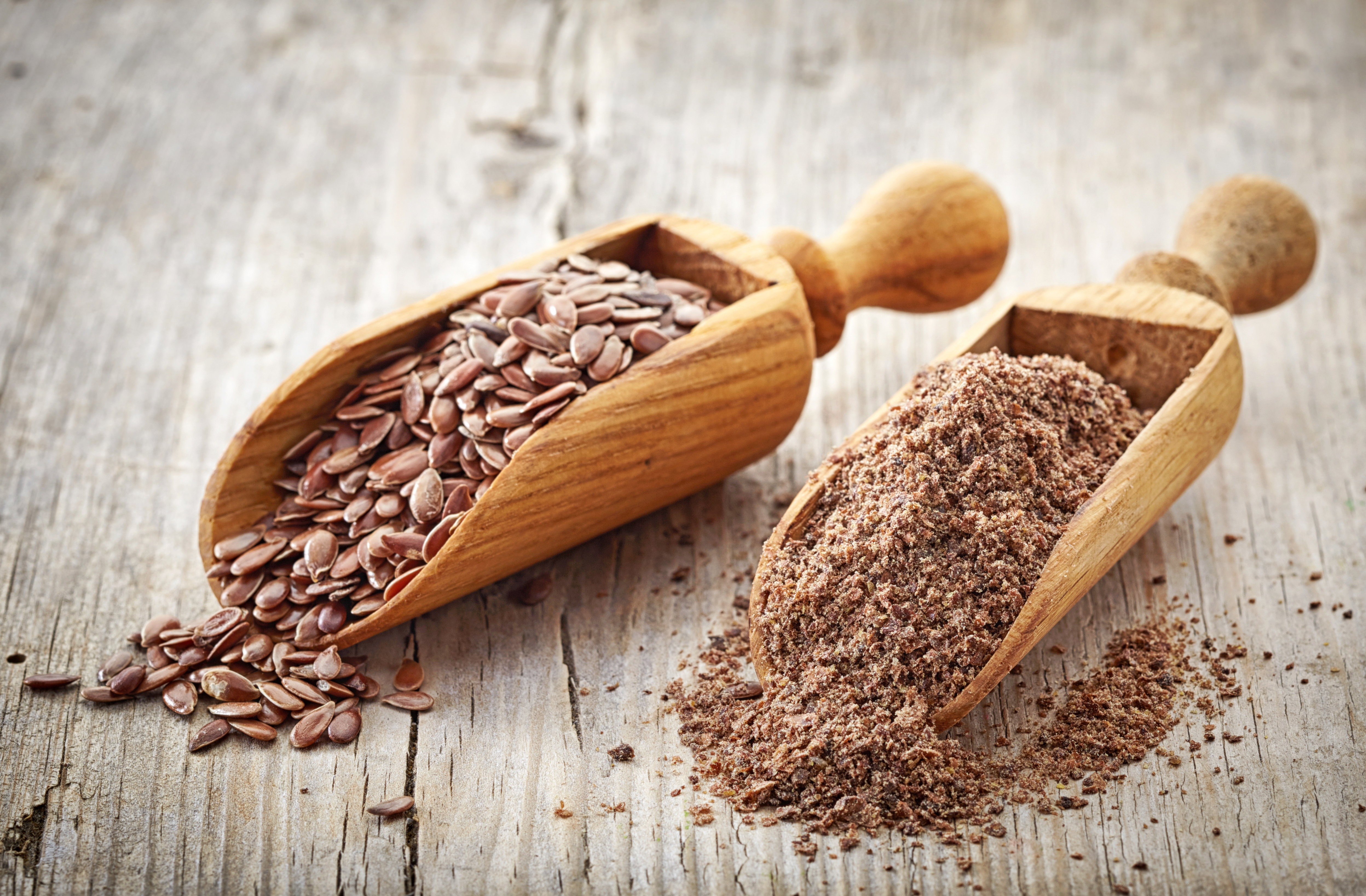The Truth About Red Meat Consumption

Over the last few decades, we have seen dietary guidelines change drastically in an attempt to better meet the health needs of the population. While many of these changes have been obvious (eat more vegetables, for example), some have not – with one change being questioned above all others.
Yep, you guessed it – a reduction in red meat consumption.
However, recent evidence suggests that red meat may not be as harmful as first thought. Moreover, it is thought that it may even contain certain nutrients that could actually be beneficial to health.
But is this really the case?
What are the pros and cons of red meat?

When it comes to red meat, we can highlight several positives that are associated with its consumption. Similarly, we can also provide some insight into the potential negatives – which is exactly what I am going to do here (Li, 2005; McAfee, 2010).
Benefits of eating red meat
First and foremost, red meat is full to the brim with high-quality protein. This means that it has the potential to enhance muscle and bone health, while also assisting people to manage body composition changes.
Moreover, it also contains large quantities of omega-3 fatty acids, vitamin B12, niacin, zinc, and iron – all of which are very important nutrients that play roles in the maintenance of metabolic, cardiovascular, and brain health.
So yes, red meat has some obvious benefits.
Negatives of eating red meat
While there are indeed positives associated with eating red meat, I cannot move forward without addressing the negatives too.
Asa general rule of thumb, red meat contains a rather significant amount of saturated fatty acids. This is truer for particular fatty cuts of meat, such as mince, chops, and certain types of steak (among many more). Increases in saturated fat intake have been shown to increase blood cholesterol levels, which is known to contribute to the onset of cardiovascular disease (CVD).
While this risk can be mitigated by eating leaner cuts of red meat, it still deserves mention as it can be considered a significant negative – especially for those who are already at a high risk of developing CVD.
Processed vs unprocessed meats
I have already highlighted the fact that there is a difference between lean and fatty cuts of red meat – but what about processed vs unprocessed meat?
Well, I can tell you now that there is a substantial difference (Rohrmann, 2016).
Processed meats (think hams, salami, and bacon) have undergone some pretty significant changes during preparation, in which they are treated with a number of unique preservatives and nitrates. Moreover, they also tend to be higher in saturated fats, cholesterol, and salt.
Why does this matter?
Well, research has shown that simply consuming one serve of processed meats per day can significantly increase your risk of developing CVD, diabetes, and cancer.
And the kicker here?
These associations are not always seen with unprocessed red meat.
Is red meat carcinogenic?
A question I always get asked when discussing this topic goes a little something like this: “Is red meat a carcinogen?”
And it comes down to the fact that there is a growing body of evidence demonstrating that those individuals who eat a lot of red meat (both processed and unprocessed) tend to be at a higher risk of developing colorectal cancer than those who don’t eat any red meat at all.
However, there is more to this story than meets the eye (Domingo, 2017).
See, to date, there is no clear evidence suggesting that red meat itself is mechanistically carcinogenic.
What do I mean by this?
Well, while people who eat a lot of red meat are more likely to see an increase in cancer risk, we don’t actually know if the red meat is causing it, because there is no evidence showing that it can cause it.
With this in mind, it is more likely that people who eat a lot of meat don’t eat a whole lot of vegetables. By extension, this means that their fiber intakes are going to be quite low – and we know that fiber helps prevent colorectal cancer.
Moreover, we also know that the way in which red meat is cooked can have an impact on carcinogenic factors. For example, it is well established that charcoal (and other burnt organic compounds) are carcinogenic to humans when consumed.
This means that if you cook your red meat at high temperatures, in which it is burned, then it might become carcinogenic – but it does not mean that red meat itself is inherently carcinogenic.
Does red meat cause disease?
What about red meat health risks? I have mentioned that red meat consumption has been linked to colorectal cancer, but what about other diseases?
Does red meat cause cancer?
I think I have already alluded to the fact that red meat may not cause cancer – however, it would be negligent of me not to mention the facts.
Higher red meat intakes (again, both processed and unprocessed) have been linked to an increased risk of prostate cancer, breast cancer, and pancreatic cancer, in conjunction with the already discussed increased risk of colorectal cancer (Wolk, 2017).
Does red meat cause heart disease?
Much like cancer, there is a growing body of evidence clearly demonstrating that higher consumptions of red meat (especially of the processed kind) have an association with an increased risk of heart disease – likely through an increase in blood cholesterol levels (Bronzato, 2017).
Now, although this association does tend to be less significant with unprocessed red meat, there is still a chance that it may increase heart disease risk. This holds especially true for people who already have high cholesterol levels.
While this effect is likely to be dose-dependent (AKA the more you eat, the greater the risk), it is important to note that it does exist.
Does red meat cause diabetes?
Much like the evidence listed above, there is some research suggesting that high consumptions of processed red meat can increase the risk of developing type II diabetes, although the mechanisms for this remain unknown (Pan, 2011).
Again, this association is less for unprocessed meat, unless it is cooked and charcoaled in high temperatures – in which case it may become damaging (Liu, 2017).
You may also like: The Importance of Nutrition on Brain Health
What does the research say?
Taking all of this into consideration, I wanted to provide some insight into what prompted me to write this article. A new study has made a bit of splash in the health industry of late because it has gone against what many would consider being ‘conventional wisdom’ (Johnston, 2019).
See, this study (written by a panel of very well-regarded experts in the field) collated a huge amount of research on red meat consumption and concluded that red meat consumption is highly unlikely to increase disease risk.
Why?
As I said above, there isn’t really any evidence to indicate that it can cause disease.
And this holds especially true for lean sources of unpossessed meat, which are more likely to have positive health effects rather than negative ones.
In fact, this study also collated several research trials where the authors reduced the red meat consumption of their participants quite drastically but saw no improvements in health – and this includes cancer risk, diabetes, and CVD.
So why is this the case?
What about the previous studies on red meat consumption?
As I alluded to above, all previous research has simply looked at associations between red meat consumption and disease. In this manner, they have taken a snapshot of the population at a singular moment in time and then observed if any potential relationships exist.
While this does indeed tell us that people who eat more red meat are more likely to experience disease, it doesn’t give us info into why this might be the case. And it certainly does not tell us whether red meat is the causing factor, or not.
In my mind, all that the previous research tells us is that people who eat a lot of red meat are likely to be less healthy than their vegetarian counterparts. This could be because they exercise less, eat fewer vegetables, or eat more junk food – we just don’t know.
This is why association studies are not the best way to conduct this type of research. However, for a long time, it was all we had.
What are the current recommendations for red meat consumption?
So, how much red meat is recommended?
At this point in time, the 2015–2020 Dietary Guidelines for Americans recommend limiting your red meat intake (inclusive of both processed and unprocessed meat) to a single serving per week – which is practically nothing.
However, these guidelines were based upon much of the lower quality evidence I discussed at length above.
New recommendations for red meat consumption
Taking this into consideration, the new study discussed above made somewhat controversial recommendations around red meat consumption. Some that go against those made by the Dietary Guidelines for Americans.
What were they?
To keep your red meat intake exactly the same as it is now.
See, given the fact that there is no evidence to suggest that decreasing your red meat intake will have any positive health outcomes, then there is no point in doing it. Instead, you should probably focus on other factors to improve health.
What factors I hear you cry?
- Get more sleep
- Exercise more
- Eat more vegetables
Simple.
Red meat and the planet
The last thing I wanted to address is the role that red meat plays with the environment. A common criticism I hear when discussing red meat is that it has a significant (negative) environmental impact (Godfray, 2018).
But is red meat bad for the planet?
And in some ways, yes – it appears that it can be.
First and foremost, the animals from which red meat comes from (with particular focus on cattle) actually increase carbon admissions. As we know, this is thought to be one of the key drivers for global warming.
Secondly, a significant amount of land is required to farm red meat sources. This means that we are sacrificing plant growth (which can help offset carbon emissions) for food sources that make the environment worse.
Finally, the grains used to feed most red meat sources also require farming. As a result, we have seen significant damages incurred to the environment to prepare the land for grain production. This can have an impact on the local plant and wildlife.
So, from a purely environmental perspective, there is obvious merit in opting for a diet that is richer in plants. Moreover, choosing grass-fed sources of meat (rather than grain-fed) can also offset some of these damages. This is because their feed acts to naturally offset many of the carbon emissions they produce.
Take-home message
It turns out that red meat is not as bad as we first thought. In fact, assuming that the red meat you eat is of the unprocessed kind, and you live a fairly healthy lifestyle, then there is a reason to believe that it will not have any impact on your health.
Talk about good news!
However, when it comes to red meat consumption, there is always need to consider the environmental impact, and steps you can take to help offset them!
References
Li, Duo, et al. “Lean meat and heart health.” Asia Pacific Journal of Clinical Nutrition 14.2 (2005): 113-119.
McAfee, Alison J., et al. “Red meat consumption: An overview of the risks and benefits.” Meat science 84.1 (2010): 1-13.
Rohrmann, Sabine, and Jakob Linseisen. “Processed meat: the real villain?.” Proceedings of the Nutrition Society 75.3 (2016): 233-241.
Domingo, José L., and Martí Nadal. “Carcinogenicity of consumption of red meat and processed meat: a review of scientific news since the IARC decision.” Food and chemical toxicology 105 (2017): 256-261.
Wolk, Alicja. “Potential health hazards of eating red meat.” Journal of internal medicine 281.2 (2017): 106-122.
Bronzato, Sofia, and Alessandro Durante. “A contemporary review of the relationship between red meat consumption and cardiovascular risk.” International journal of preventive medicine 8 (2017).
Pan, An, et al. “Red meat consumption and risk of type 2 diabetes: 3 cohorts of US adults and an updated meta-analysis.” The American journal of clinical nutrition 94.4 (2011): 1088-1096.
Liu, Gang, et al. “Cooking methods for red meats and risk of type 2 diabetes: a prospective study of US women.” Diabetes care 40.8 (2017): 1041-1049.
Johnston, Bradley C., et al. “Unprocessed Red Meat and Processed Meat Consumption: Dietary Guideline Recommendations From the Nutritional Recommendations (NutriRECS) Consortium.” Annals of Internal Medicine (2019).
Godfray, H. Charles J., et al. “Meat consumption, health, and the environment.” Science 361.6399 (2018): eaam5324.
You Might Like







































































































